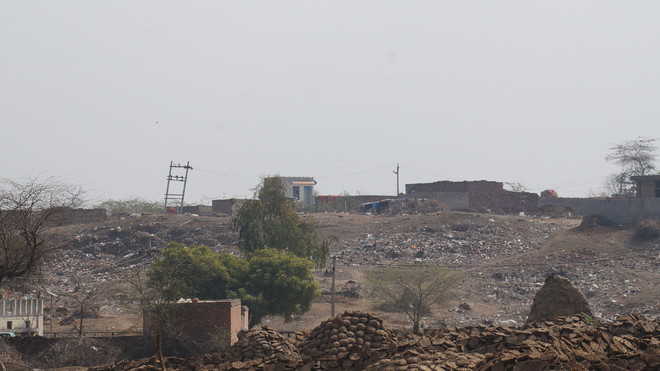
Hisar:
Right from the beginning of the human settlement till the modern times, there is no change in the ancestry of the human population in South Asia, revealed a research conducted by archeologists on the basis of the DNA samples recovered from the Harappan site in Rakhigarhi village of the district.
Prof Vasant Shinde, Vice Chancellor, Deccan College Post Graduate and Research Institute, Pune, said, “This is the first phase of the research and we will carry out more analyses and researches to ascertain the Rakhigarhi’s links to history.
He said it’s a breakthrough research which set aside the Aryan invasion theory. “The skeletal remains found in the upper parts of citadel area in Mohanjodaro belongs to those who died due to floods and were massacred by the Aryans as hypothesised by Sir Mortimer Wheeler. The Aryan invasion theory is based on a flimsy ground,” he said, adding the Harappans are the ancestors of the most of the population of South Asia.
An archeologists’ team of Deccan College led by Shide had gathered 40 DNA samples of human skeletons from a cemetery at the Rakhigarhi Harappan site in 2015. The genetic data came mainly from the skeletal remains, which were scientifically excavated from the cemetery. The selected samples were transported to a DNA lab of the Centre for Cellular & Molecular Biology (CCMB), Hyderabad, for sampling. Dr Niraj Rai prepared two sets of libraries of each sample. One of the libraries was analysed in India while the second set was provided to Dr David Reich from Harvard Medical School, Harvard University, for further sequencing, analysis and cross-checking.
Shinde said the DNA results of Rakhigarhi samples were compared with the modern population in South Asia. “The ancient DNA results reject the theory of Steppe pastoral or ancient Iranian farmers as source of ancestry to the Harappan population and demolish the hypothesis about mass human migration from outside to South Asia during the Harappan times or even before.”
The research has established the fact that the Vedic culture was developed by the indigenous people of South Asia as the premise that Harappans were Vedic people has received strong corroborative scientific evidence, he said.
Shinde stated, “For the first time, we are able to establish the fact that there was a movement of people from east to west as Harappan people’s presence is evident at sites like Gonur in Turkmenistan and Sahr-i-Sokhta in Iran.” As the Harappans traded with Mesopotamia, Egypt, Persian Gulf and almost all over South Asia, there is a bound to be movement of people, resulting into a mixed genetic history. India had heterogeneous population right from beginning of settled life and all of them have contributed to the development of this region.
The concluding point of the research, shared by Prof Shide with the media today, revealed that the idea of farming in South Asia did not come with the people from Middle East. “It was developed by the indigenous people of South Asia. There is a hint that the South Asian ancient farmers began to move towards Middle East. Probably, the idea of settled life and domestication went from South Asia to Middle East and not vice-versa,” it stated.
[“source=tribuneindia”]









